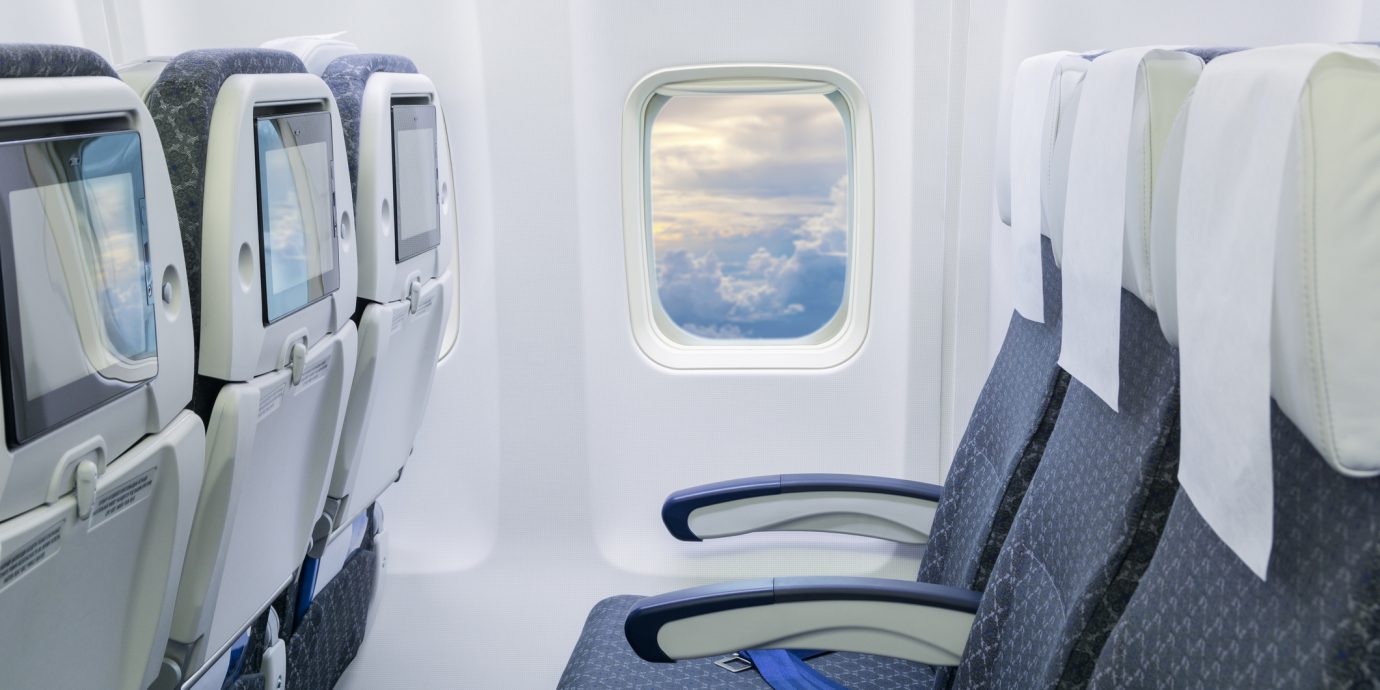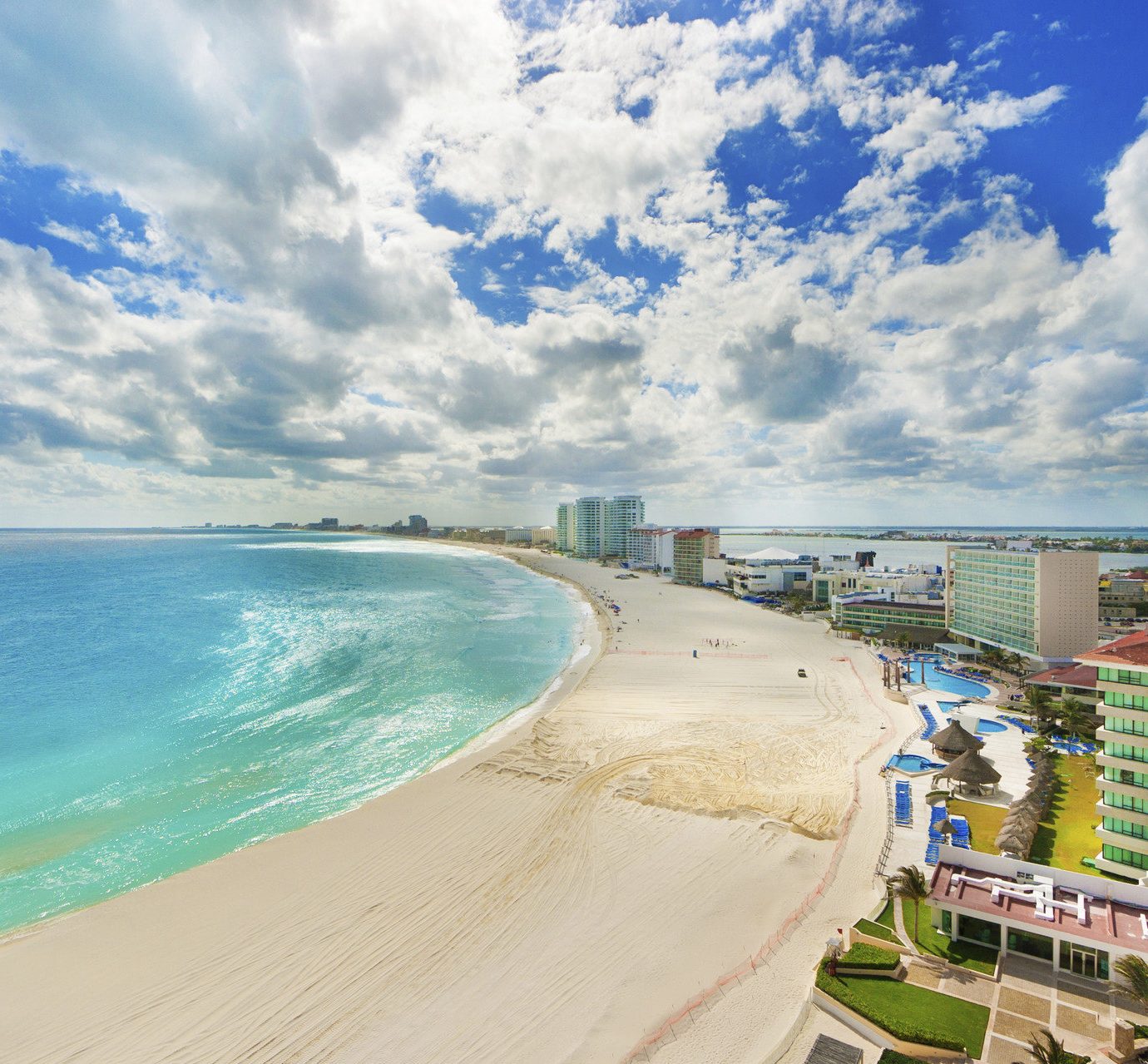
The JS Guide to Tackling Your Fear of Flying
Even the most seasoned Jetsetter suffers from the occasional fear of flying. After all, hurtling 40,000 feet up in the air in a claustrophobic metal tube doesn’t exactly scream safety, although statistically speaking you've got a greater chance of being struck by lighting than going down. Whether you're terrified every time you step on a plane or just get the jitters once in a while, here are six tips to help you face your fears.
Chelsea is Brooklyn-based travel writer, editor, and photographer. When not home eating her way through NYC, she's gallivanting across the globe, sailing the coast of Croatia or hiking the peaks of Peru. Her superpowers include booking flight deals and sleeping in small plane seats.
Consider the Numbers
Catastrophic thoughts always come from a “what if” mentality. However, statistically speaking, the chances of getting harmed in an airplane are less than getting hit by lighting. Driving a car is 100 times more deadly than flying, and traveling by motorcycle is 3,000 times more of a risk. In fact, according to the International Air Transportation Association’s 2018 Safety Report, there was only one major jet accident for every 5.4 million flights. So, you’re actually safer in the sky than on the road.
Take a Fear of Flying Course
Many airlines and airports offer courses for those who have a phobia. One of the best ones is the Fear of Flying Clinic at the San Francisco International Airport (SFO), which uses cognitive behavioral therapy. In addition, British Airways has a Flying With Confidence class, EasyJet has a Fearless Flyer program, and Virgin Atlantic has a Flying Without Fear workshop. These sessions are led by pilots, airline attendants, and psychologists to train travelers on how to overcome their fears. Want to learn a few lessons at home? Guide to Psychology features a run-down of how planes stay in the air even if things go wrong.
Choose Your Seat Wisely
Sometimes the smallest adjustments can keep you relaxed. Be strategic about where you want to sit on the plane: seats in front have less turbulence and aisles have more space and allow you to get up and move around if you feel nervous (plus, they’re farther from the windows if you have a fear of heights). We’d also recommend splurging on an upgrade to business or first class—after all a little free booze and movies never hurt—and on an overnight flight, you can recline into a comfortable bed and snuggle up to catch some sleep.
RELATED: 13 Products That’ll Help You Survive Your Next Long-Haul Flight
Download Anti-Anxiety Apps
Mindfulness apps help in everyday life as well as on airplanes. Headspace focuses on guided meditation while Calm has sleep stories to make you drift off before take-off. There are also apps dedicated to flying phobias, including SOAR, a free gadget that tells travelers airplane maintenance information, turbulence forecasts, a G-force meter (to show plane safety), and video courses on managing fear of flying. VALK—a pseudo in-flight therapist—is another favorite as it displays flight safety statistics as well as weather and wind forecasts. There’s also a panic button that prompts immediate stress-management tips and techniques.
Learn to Fly
Many people have a fear of flying because they don’t understand how planes work. (Don’t tell us you’ve never had a stomach drop or spike of panic when you hit turbulence.) But learning about aviation and how planes work can help you wrap your mind around what’s actually happening in those scary situations. For people who learn best by doing, sign up for a discovery flight on a small craft with a private pilot who can educate you on some of the scarier aspects of the sky. For instance, turbulence is just caused by routine shifts in the wind; think of it like going over a pothole in a car—slightly jolting but nothing deadly.
Pack Distractions
This may seem cliche, but it’s always wise to bring activities on a plane. It makes the time go faster and focuses your mind on something other than the flight. Make sure to download your favorite movies, TV shows, playlists, or podcasts. You can also throw in the season’s best novel, that stack of nightstand magazines you’ve been meaning to get to, or an adult coloring book (which is proven to ease the mind). Long-haul flights are also a great time to work on some self-care: bring a sheet mask and a silk eye mask for a beauty rest.
Want more?
- The Best Summer Glamping Spots to Book Now
- The Cutest White Dresses for Summer
- 9 Romantic Lake Vacations
Comments
All products are independently selected by our writers and editors. If you buy something through our links, Jetsetter may earn an affiliate commission.
Become a Jetsetter.
Use our insider connections to know where to go and what to do.
By proceeding, you agree to our Privacy Policy and Terms of Use.
Thanks for Signing Up!




